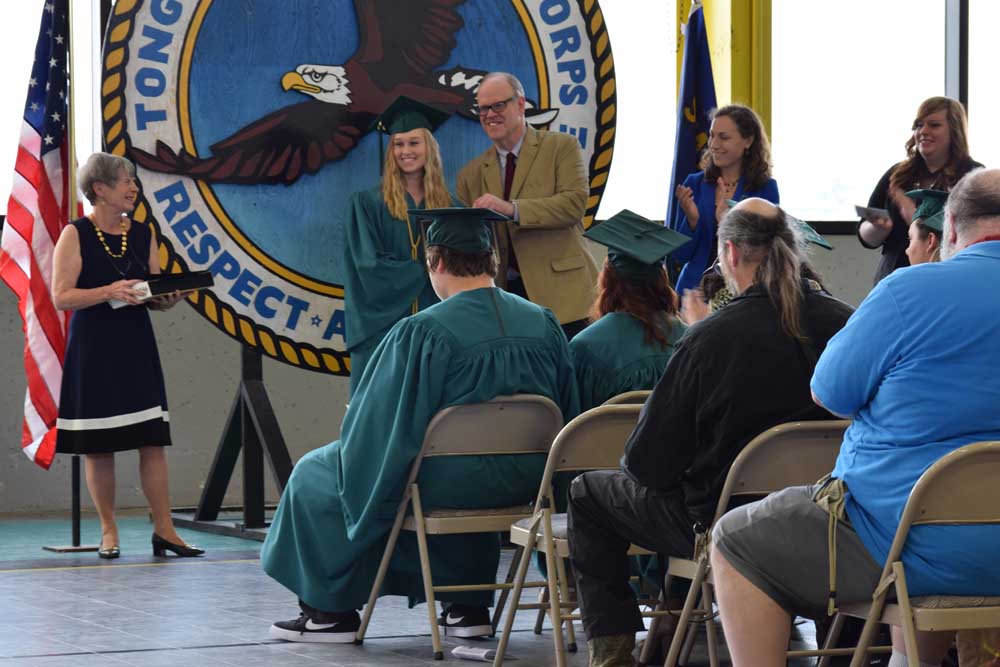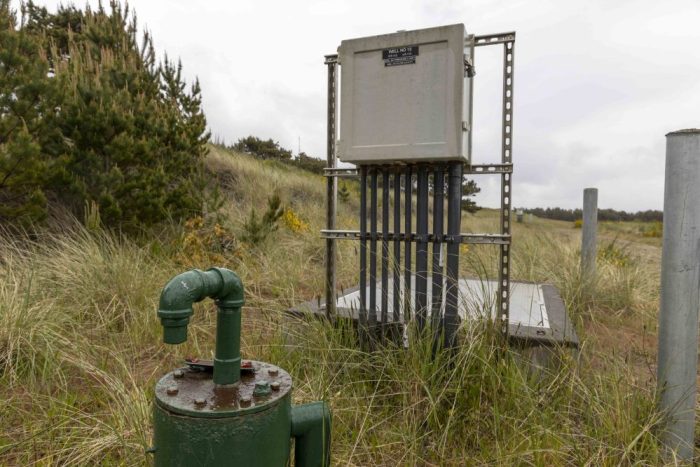Replacing The Echoes Of Freight Trains With A Trail To The Coast
Published 5:00 pm Thursday, July 11, 2013
Freight trains once ran through the lush green forests of the Coast Range on a route from Tillamook to western Washington County.
But five years ago, torrential rains soaked the Salmonberry River canyon, and the river flooded, mangling hundreds of feet of rail line.
John Barnes, a retired forester, stands in a tunnel on the abandoned rail line.
“We are on the historic route of Pacific Rail and Navigation Company railroad. We are in tunnel number 30. We’re about seven miles from the Coast Range summit,” Barnes says.
Barnes says the rail line’s owner — the Port of Tillamook Bay — couldn’t manage even a fraction of the $50 million repair cost.
“They tried to work something out, over a four-year period, and could not come up with a solution of where the money was going to come from,” Barnes says.
Port officials have joined a coalition aiming to turn the 80-mile route into “the Salmonberry Trail.” Barnes says they thought of other names.
“Banks to Tillamook corridor — but none of them kind of rings a bell like saying the ‘Salmonberry!'”
Barnes says the Salmonberry canyon is the trail’s most iconic leg.
“This stretch from the summit to the confluence — 16 miles — there’s nothing else like it in the Coast Range — where you’ve got a major river, with no road. It’s roadless.”
No roads and no dams. Hikers already walk the tracks and bushwhack along the riverbank. Some visitors come the same way Barnes does — down a knuckle-clenching descent that loggers call the “Beaverslide.” Barnes says the road could be a good trail in. He says the canyon also offers potential rest spots for more casual hikers.
“There are a number of places like the one where we are right now, where there’s a big bend in the river, the rail grade goes straight, and you could designate this as a primitive, dispersed camping site.”
But the hike out looks like this: broken rail lines, compromised tunnels, steep slopes, and a cold river. Trail planners face the same forces of nature that stopped the freight trains.
The ends of the trail are easier. The east end out of Banks is flat and could connect to the Banks-Vernonia trail.
The rails near Tillamook are in good enough shape that a scenic passenger train is still running.
Portland State University professor Ethan Seltzer has studied regional trails. He says such trails can take decades to come together – and they need one thing.
“Champions – who basically were committed to the notion that these trails should exist, and didn’t stop until they did,” Seltzer says.
Salmonberry’s champions include hiking, equestrian, and biking groups.
Cycle Oregon has covered half the cost of the just-begun master planning for the trail. Some business and elected leaders support the trail for its economic potential.
There are still many questions left to answer: how far will the train run? Will some of the line be paved for bicycles? Where do new trails need to be cut?
And the biggest question of all – how much is all of this going to cost?
Salmonberry Corrdor Preliminary Feasibility Study
Watch Hiking from Portland to the Pacific Coast on PBS. See more from Oregon Field Guide.
This story originally appeared on Oregon Public Broadcasting.





